Discover the top flexibility yoga poses to make you more flexible.
Improving flexibility is one of the top reasons to do yoga and definitely one of the biggest benefits. Many who are not naturally flexible tend to shy away from the idea of starting a yoga practice thinking that you need to begin with some degree of flexibility.
Although it is helpful when sinking further into asanas, being flexible is not a prerequisite to getting into yoga – it’s the result. Just because a fellow yogi can touch their toes or bring their nose to their knee does not mean that they have something over you.
By practicing the following 10 flexibility yoga poses, you’ll significantly increase your suppleness.
Contents
10 Flexibility Yoga Poses
1. Cat-Cow Pose
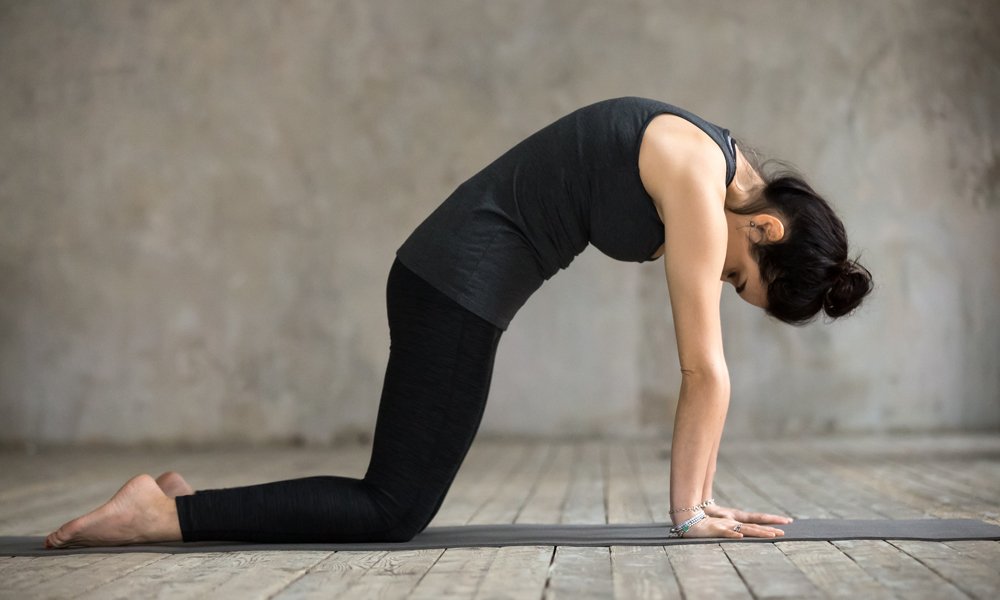
Cat-Cow Pose focuses on bringing flexibility to the spine – a factor that yogis claim determines one’s actual age. This asana works as a transitional pose, warming up the body and stretching the back, torso, and neck. You’ll also notice your abdominals being gently stretched while your chest opens up, allowing more oxygen to get to your lungs.
To build flexibility, practice this pose for one to three minutes, gradually increasing the speed in which you sink into this pose. This allows your spine to become more flexible and to loosen up without the risk of hurting yourself.
2. Standing Forward Fold Pose
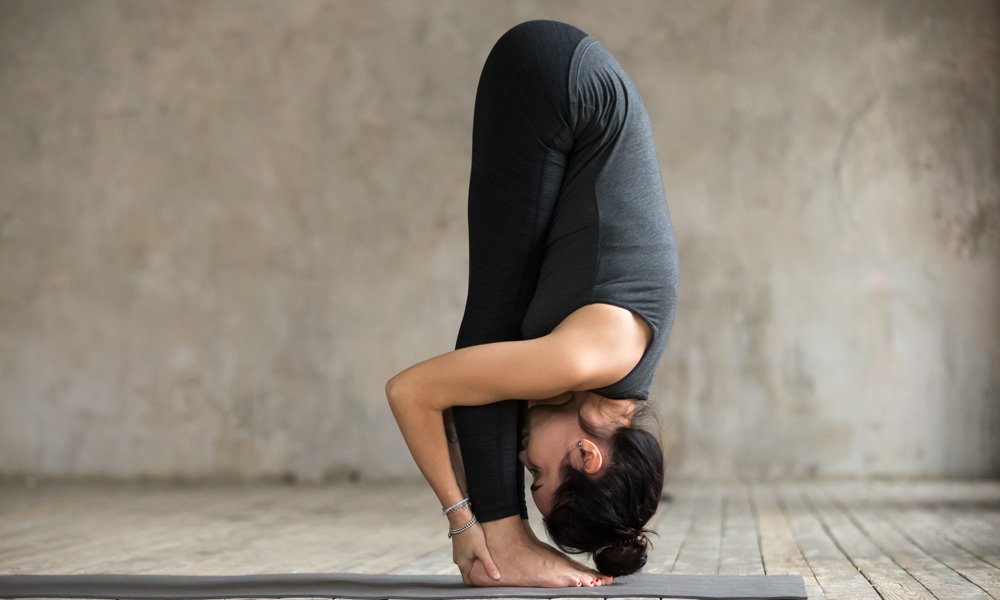
Besides having an array of additional benefits, Standing Forward Fold Pose is one of the most effective flexibility yoga poses. This pose focuses on increasing flexibility in the lumbar spine and acts as a test to how flexible you already are. Standing Forward Fold is also great for stretching the hamstrings, calves, and hips and strengthening the thighs and knees.
If you can’t fully straighten your legs right away, don’t get discouraged! This comes with time and improved flexibility. It’s also essential to learn how to do this pose correctly so you don’t put unnecessary strain on your lower back.
3. Warrior I
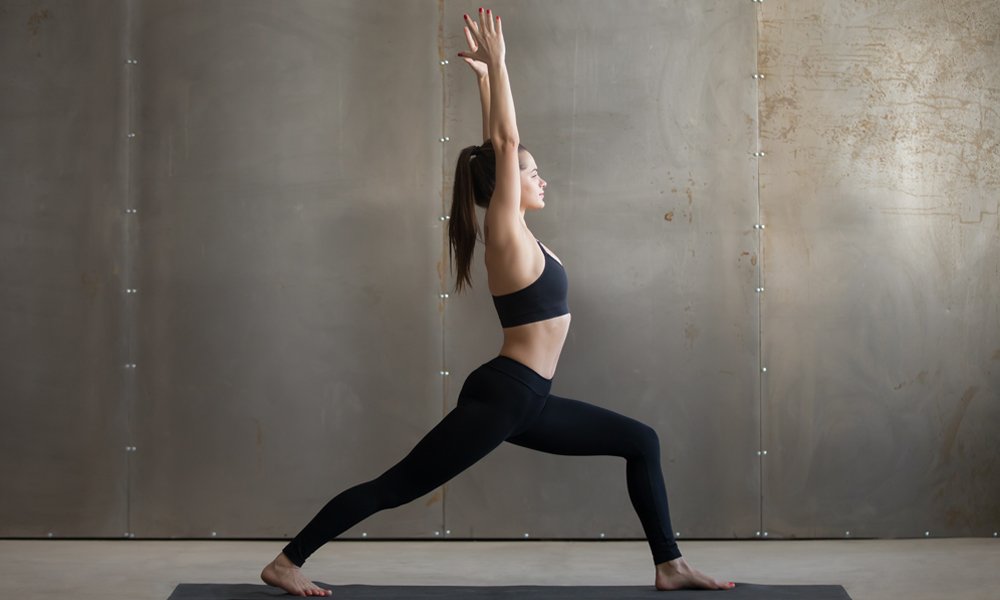
This pose is ideal for building overall flexibility – with an emphasis on improving the flexibility of the hips – and helps create length and strength in the muscles. Holding this pose also allows you to develop an improved range of motion and build core strength. While this asana gives your body a great overall stretch, it also improves concentration and balance while energizing the whole body.
If you’re finding it difficult to keep the back heel grounded with the lower back lengthened, try using a small sandbag or something similar to raise the back heel slightly.
4. Bow Pose
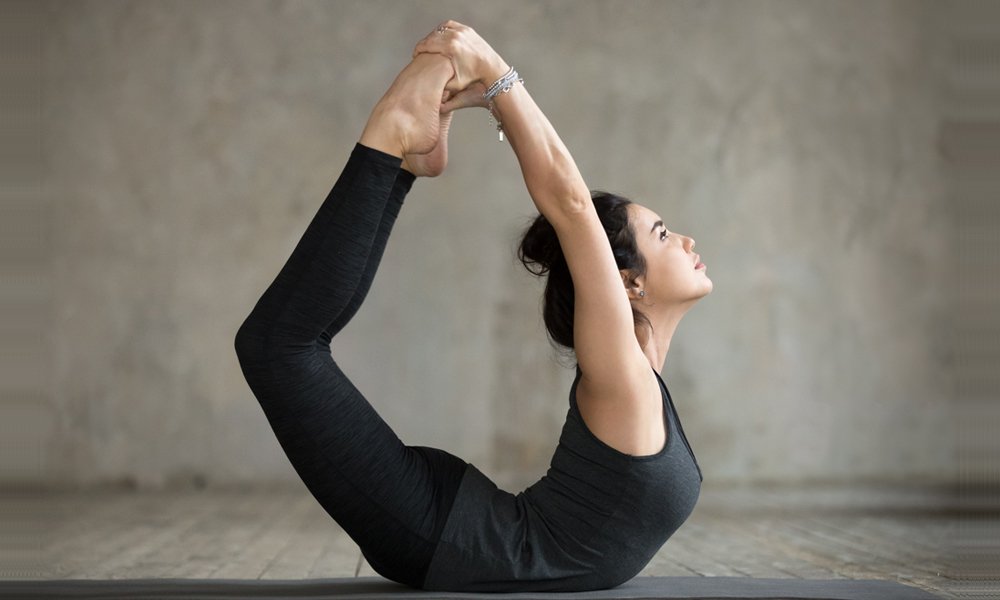
Another great asana for back flexibility is Bow Pose. Although this pose is ideal for everyone, athletes have found great benefits in practicing this in their pre or post-activity stretching routine. Bow Pose increases your back’s overall flexibility, allowing your hip flexors, lungs, and vertebrae to open up. This relieves strain on your back while building flexibility in your spine.
If you can’t quite reach your ankles yet, use a yoga strap to pull your ankles inwards rather than using your hands.
5. Dancer Pose
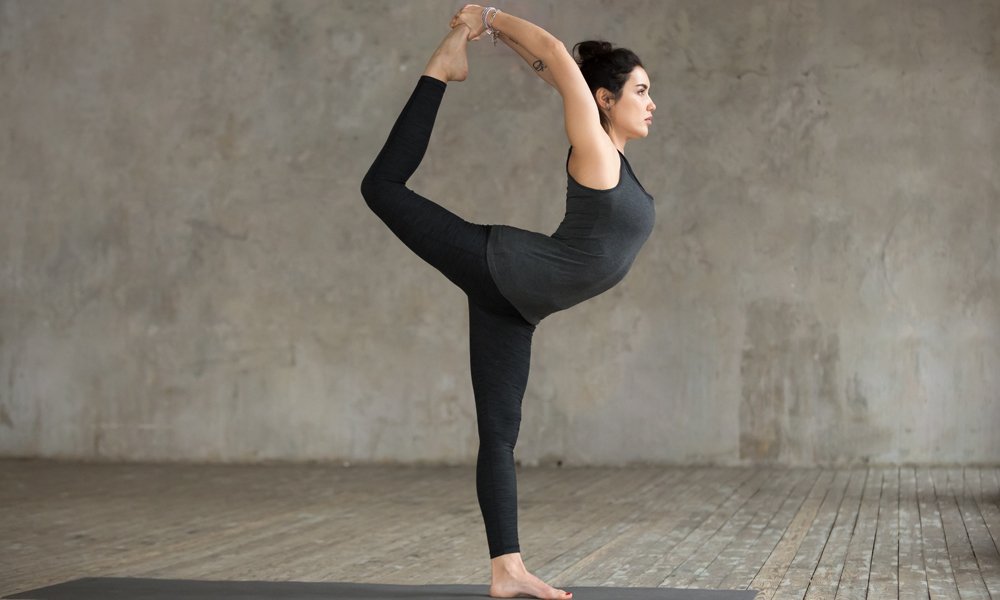
This asana is a little more difficult side and may not be a great pose for beginners. That said, it certainly works towards increasing flexibility. The Dancer pose is a fantastic stretch for the whole body, allowing your hamstrings, shoulders, and spine to gain flexibility over time. This pose is also great for improving overall posture.
6. Cobra Pose
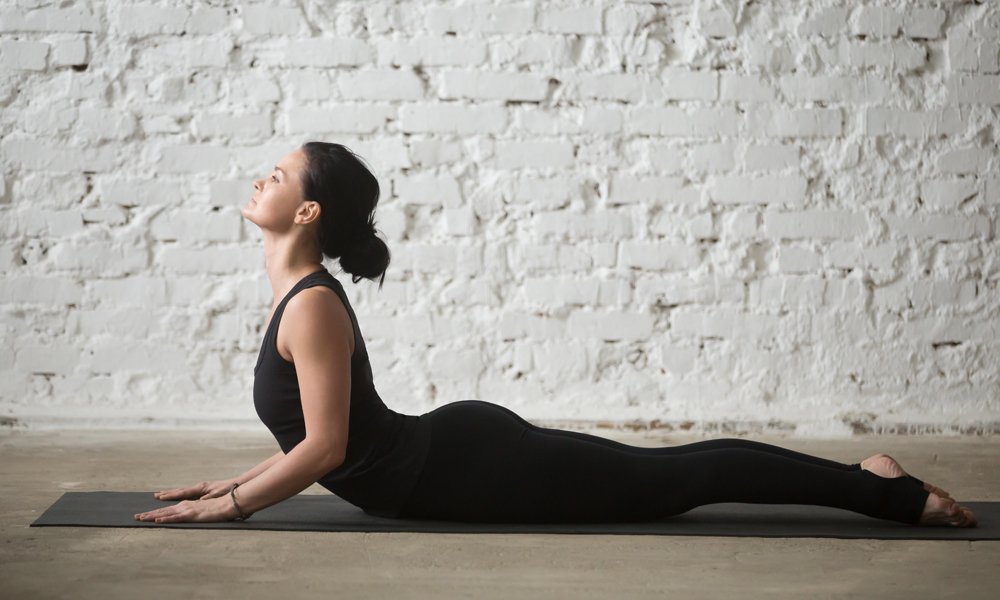
If you’re looking for a simple pose to build flexibility, the Cobra Pose may be for you. This asana is great for building flexibility in the back by helping to both loosen up and strengthen your spinal column. The Cobra Pose is also great for strengthening the arms and shoulders, decreasing stiffness in the lower back and firming and toning the buttocks.
If you need to reduce the strain on the lower back, try deepening the bend in the elbows and/or walking your hands further forward.
7. Butterfly Pose
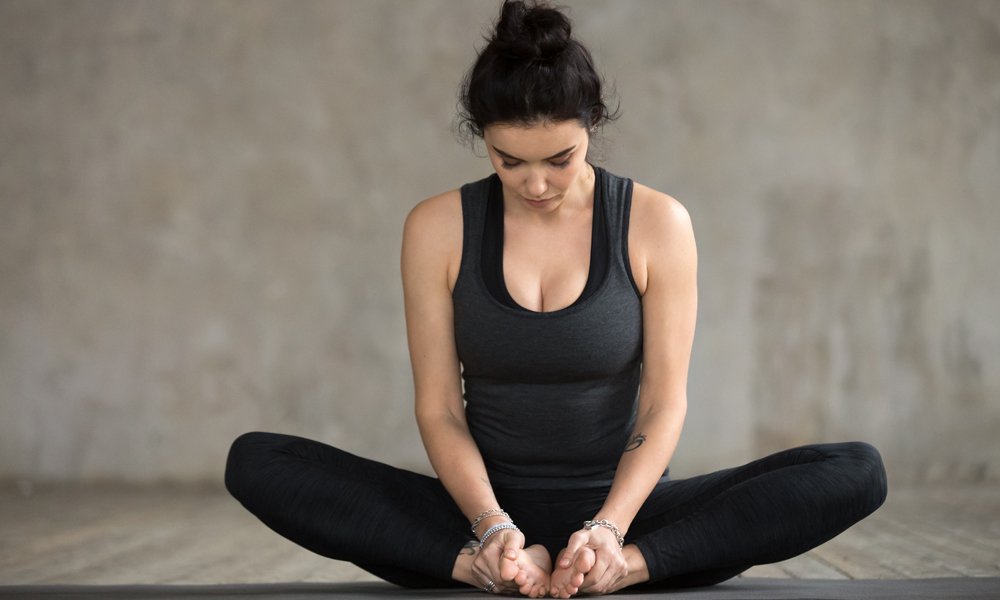
The Butterfly Pose is one asana that focuses on increasing flexibility in the groin and hips as well as deep stretching your entire body. This pose is known for its benefits in stimulating your ovaries or prostate glands as well as your abdominal organs, bladder, and kidneys.
Variations of the Butterfly Pose include resting your hands on your inner knees instead of on your feet, clasping the hands on the neck, or interlacing your hands behind your lower back.
8. Bridge Pose
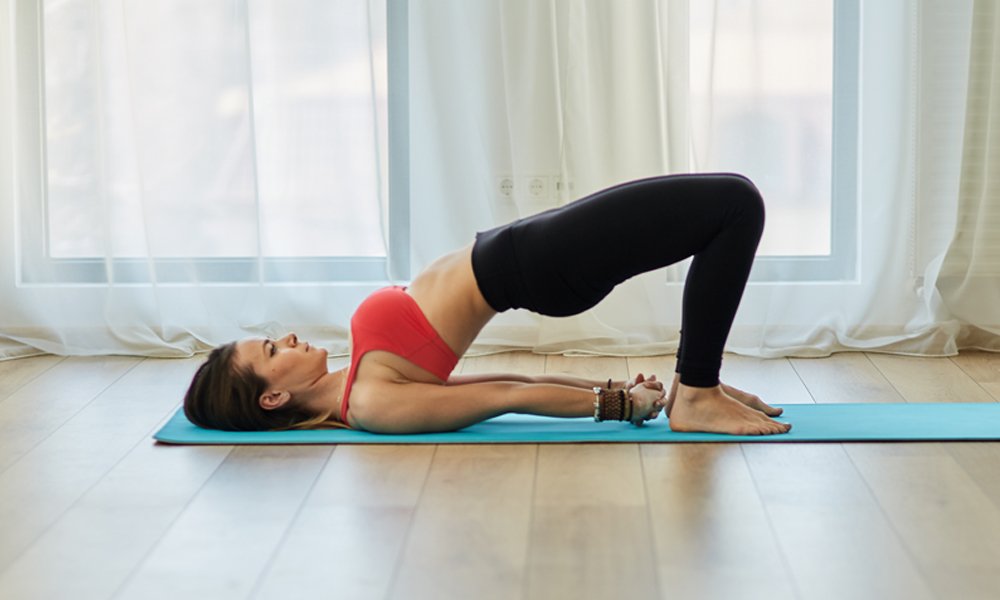
The Bridge Pose is ideal for increasing flexibility in your back and relieving lower back pain. No matter what your level of flexibility, you can benefit from this asana, whether from sinking further into the pose or using as support for more of a rejuvenating posture. Bridge Pose is also great for strengthening your back, glutes, legs, and ankles as well as opening up the hip flexors, heart, and chest.
If you do find that Bridge Pose is too challenging at first, try using a block to hug between your inner thighs. This helps keep your knees in line and your buttocks softer, potentially providing some relief in your lower back.
9. Reclining Spinal Twist
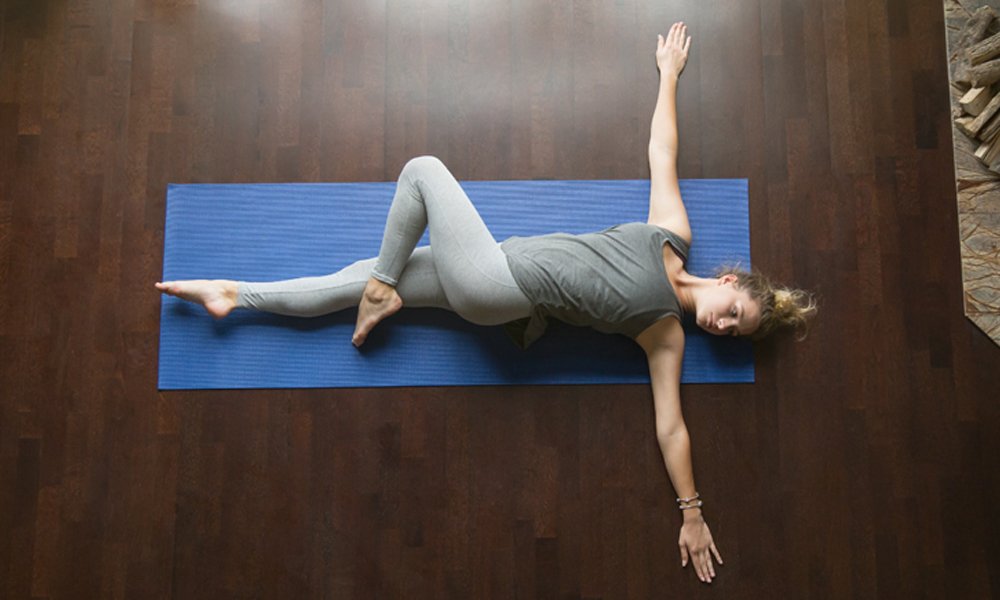
While this pose provides an excellent stretch for your entire body, it can also relieve tension in the lower back. This asana is commonly practiced to help relax, lengthen, and realign the spine as well as providing hydration to the spinal discs. This helps keep your spine supple and flexible, making the Reclining Spinal Twist a favorite for back flexibility.
When practicing this pose, make sure that you aren’t straining when pulling your overhanging leg to the opposite side. Start with what feels comfortable and work your way up to increase flexibility. Using a support underneath your hip may also be beneficial.
10. Seated Forward Bend
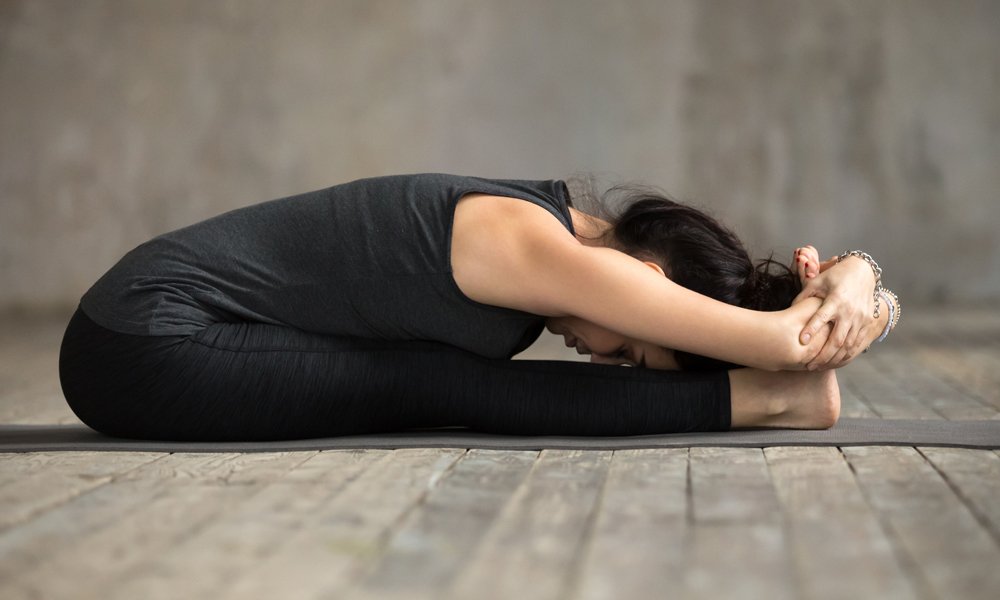
Last but not least, the Seated Forward Bend. This pose increases flexibility in the hamstrings and provides some relief after a workout. The Seated Forward Bend also stretches and strengthens the lower back, neck, and buttocks, providing more flexibility to these areas as well. This asana has a variety of additional health benefits, including improving digestion, stimulating the ovaries, uterus, kidneys, and liver and reducing headaches.
If you’re having some difficulty getting started, sitting on a folded blanket and/or holding a strap around the feet instead of grabbing your toes with your hands are some great modifications.
Does Yoga Improve Flexibility? The Truth
The answer to this question is a resounding, YES! Yoga is one of the most effective exercises you can do for increased flexibility. As we’ve said, even if you can’t do any of these asanas fully, use modifications until you can. That’s why these modifications exist – to build up your strength and flexibility until you don’t need them anymore. By practicing these 10 asanas, you are well on your way to a fitter and much more flexible you.



